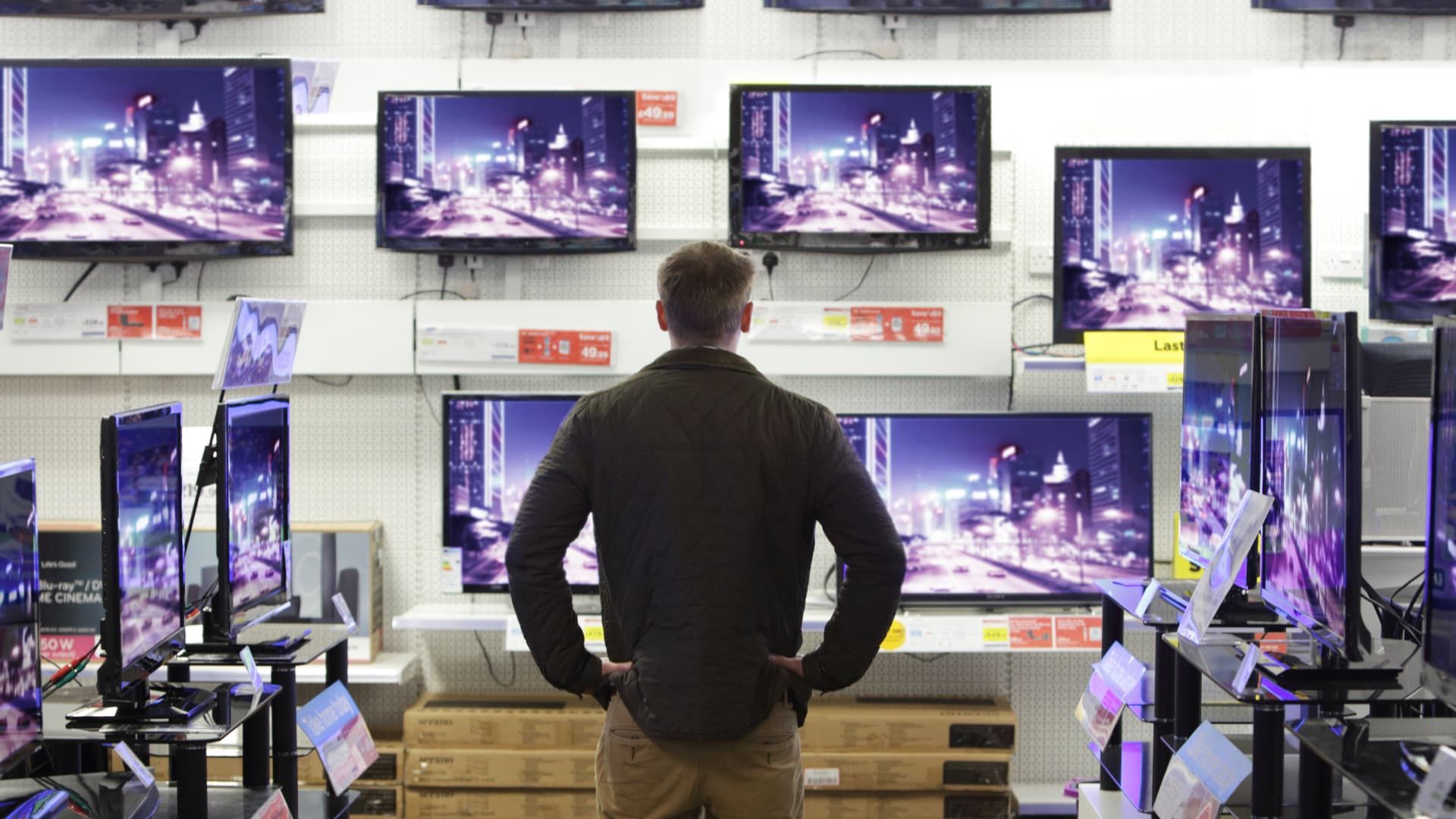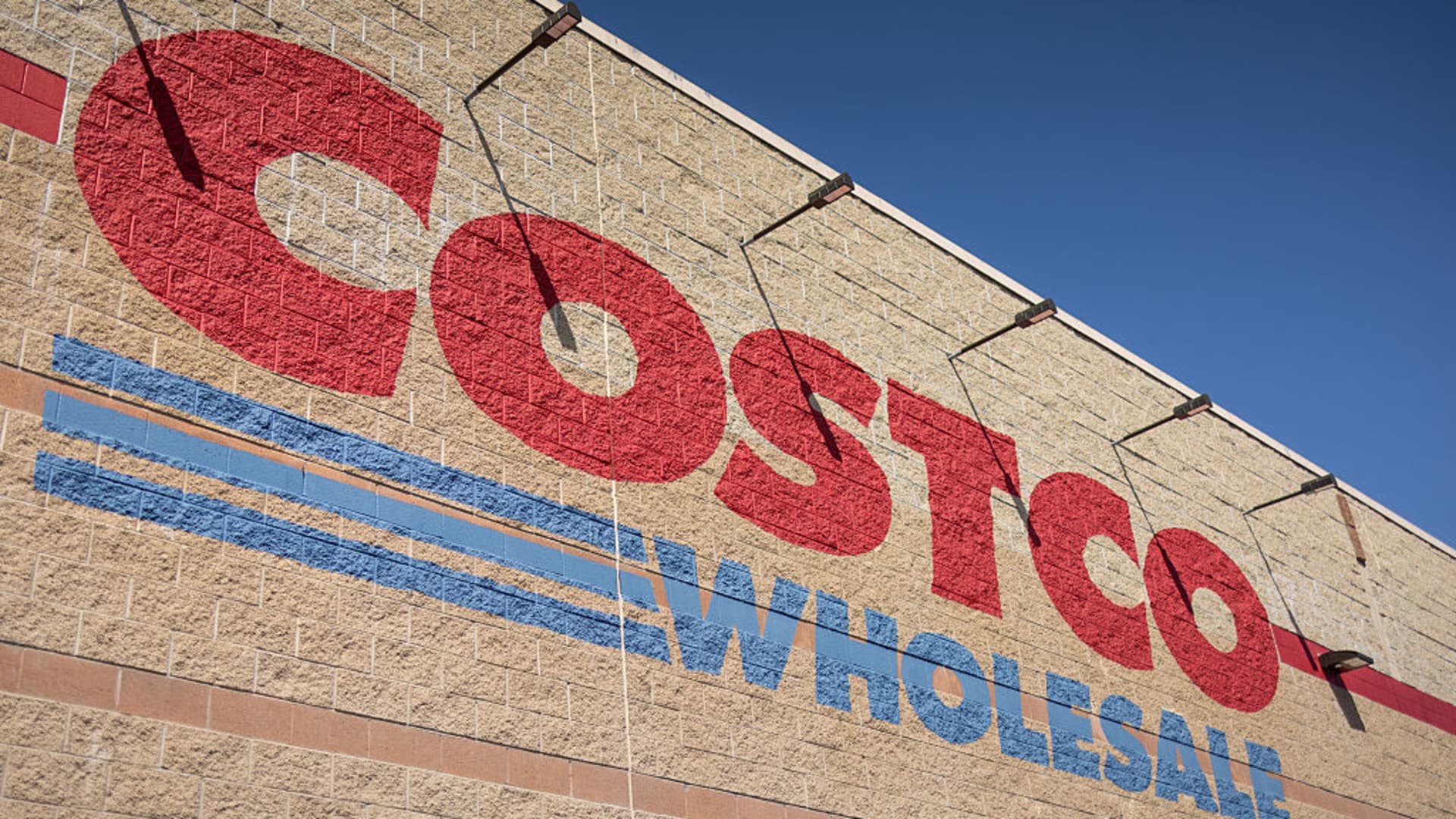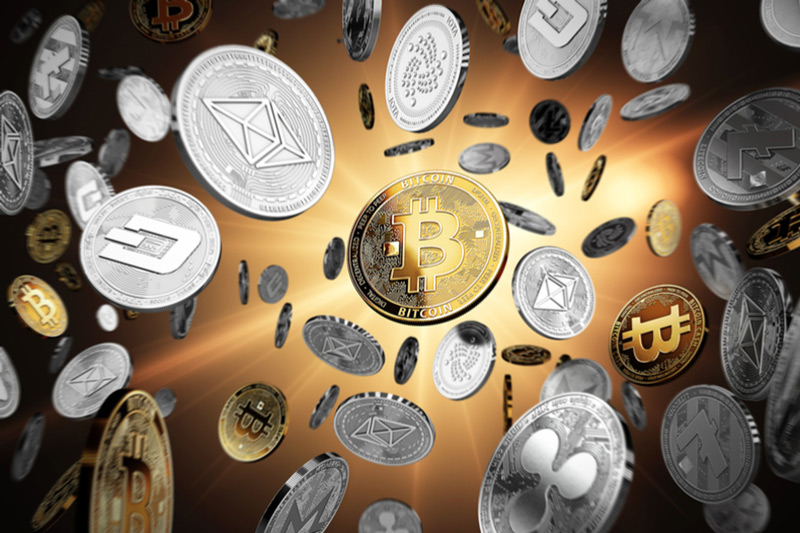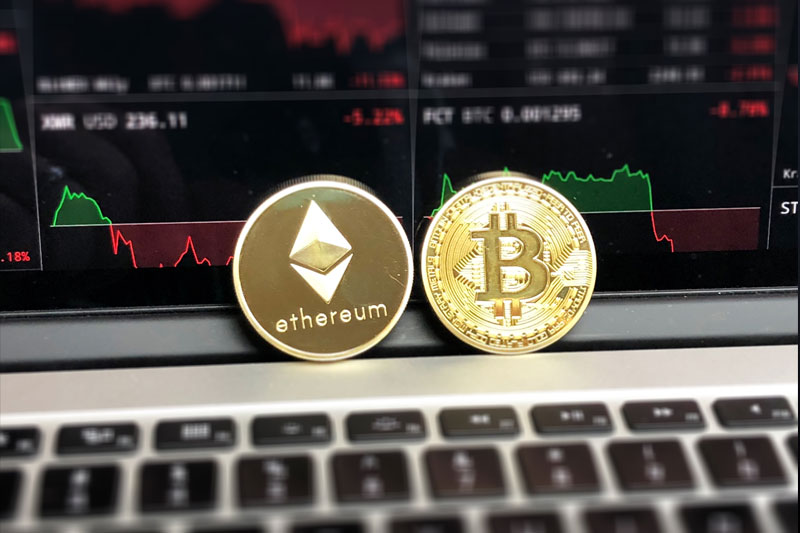It is in the nature of prices to rise over time, even in low-inflation environments. Historically, the US Federal Reserve has targeted annual inflation of 2%.
So when global events like the Covid-19 pandemic push inflation well above that 2% target, it can be a real shock to consumers. Since hitting 9% in June 2022, it has been a slow process to bring the pace of inflation down to the Fed’s preferred target.
And while inflation has indeed slowed since that 2022 peak (it’s now down to 3%, according to the U.S. Bureau of Labor Statistics’ most recent consumer price index), prices are still about 20% higher than before the pandemic.
There are a handful of retail categories, dominated by consumer electronics, that buck the trend and are actually cheaper now than they were before the pandemic, according to a CNBC review of CPI categories in June 2024 compared with June 2019.
This includes telephone equipment, televisions, audio equipment, computers, certain kitchen utensils, and toys, games and hobby items.
Same price, better value
Even when annual inflation was at its highest, prices for consumer electronics were consistently showing signs of deflation. Part of this has to do with nuances in the calculation of the CPI itself.
Prices for smartphones, for example, which are a major component of the phone hardware category, receive special adjustments by the Bureau of Labor Statistics to account for rapid improvements in technology.
The CPI routinely shows that smartphone prices are falling, but in reality it reflects that consumers are getting better, more sophisticated products for the same price.
These hedonic adjustments (the Bureau of Labor Statistics' term for adjustments for changes in the quality of items) span the entire consumer price index and include categories ranging from men's underwear to home computers to refrigerators. They are intended to reflect the change in the value the consumer receives for what he or she pays.
Why are TVs still cheap?
But hedonic adjustments cannot explain everything when the CPI shows price declines. Televisions are a good example: prices continue to fall, but in some cases manufacturers have to reduce prices to remain competitive and capture the attention of consumers.
“From a purely manufacturing standpoint, generally with new technologies and consumer electronics, there's a learning curve that naturally evolves, driving down the cost of a product without compromising quality,” Andrew Csicsila, director of consumer products for the Americas at AlixPartners, told CNBC ahead of Black Friday last year.
This has happened aggressively with smart TVs, to the point where the technology has become fairly ubiquitous and makes it difficult to compete on product features. But Csicsila has also cited other revenue streams for manufacturers that allow them to sell units at just above cost and flood the ultra-competitive market with low-priced products.
“The reason they're trying to do this is really to get data,” Csicsila said. “If you look at their earnings reports, [manufacturers] “They're citing new revenue streams, which are actually the monitoring and sharing of data that they're capturing.”
In other words, the price of the TV is just an entry point into your home. Once you've connected it to the internet and are using it with all the features a smart TV can offer, manufacturers and app developers have a lot to learn about your entertainment habits.
“The amount of data that is being leveraged and used by advertisers to capture is staggering,” Csicsila said.
In the meantime, keep an eye out for those blockbuster prices.









